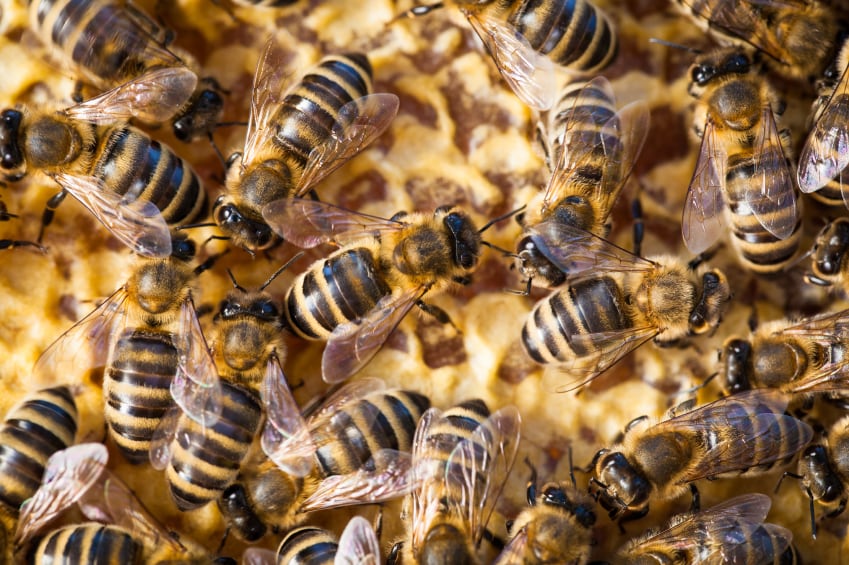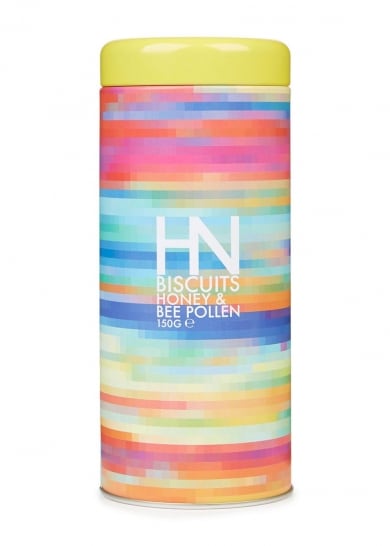In a study published in the journal LWT – Food Science and Technology, Magdalena Krystyjan and her team at the University of Agriculture in Krakow, Poland, compared a regular biscuit recipe to formulations with different levels of bee pollen.
Rich in bioactive substances
“The possibility of fortifying biscuits with bee pollen appears to be justified,” wrote the researchers. “This is not only due to the enrichment of confectionery products in the antioxidant compounds having health promoting properties, but also due to the possibility of having introduced bee pollen itself - which is rich in these bioactive substances - into the human diet.”
To bee or not to bee?

Global bee populations are currently under threat, according to the United Nations Environment Programme (UNEP) . Declines in bee numbers have led to concerns key food crops will not be pollinated, putting millions at risk of malnutrition.
The team said that while bee pollen had no effect on fat content in biscuits, it did increase sugar, protein, ash and polyphenol content, as well as increasing the antioxidant potential of the finished product.
Darker biscuit
They found bee pollen created a darker biscuit surface, but adding the ingredient at 5% of the product weight – enough to obtain health benefits – allowed the same taste as the control biscuit.
“Such action could significantly broaden the supply of pro-health biscuits as well as widen the possible applications of pollen.” said the study.
The researchers said there was a lack of information on using bee pollen in food processing and their study was among the first to analyze the effects in confectionery products, using biscuits as a starting point.
They said bee pollen had been used for centuries in traditional medicines because it was rich in flavonoids and nutrients such as mineral salt, amino acids and vitamins.
Method and results

Krystyjan and her team tested bee pollen fortified biscuits at levels of 2.5, 5, 7.5 and 10% and compared to a wheat flour control biscuit. The researchers assessed the chemical composition of each group of biscuits after two months storage in a glass container at room temperate.
They found that even adding bee pollen at the smallest 2.5% amount increased dietary fiber 1.6-fold compared to the control. Total phenolic content in biscuits with 2.5-10% bee pollen rose between 51% and 192% compared to the control.
The scientists said the fortified biscuits were a lot darker and softer in texture than the control. They said 10% addition was optimal for health, but 5% kept sensory parameters closet to the control while still imparting health benefits.
There are already some super-premium biscuits fortified with bee pollen on the market. For example British department store chain Harvey Nichols produces a private label 150 g pack of bee pollen biscuits that it sells online for £5.50 ($8.63).
Source:
LWT - Food Science and Technology 63 (2015) 640-646
‘The fortification of biscuits with bee pollen and its effect on physicochemical and antioxidant properties in biscuits’
http://dx.doi.org/10.1016/j.lwt.2015.03.075
Authors: Magdalena Krystyjan, Dorota Gumul, Rafał Ziobro & Anna Korus
